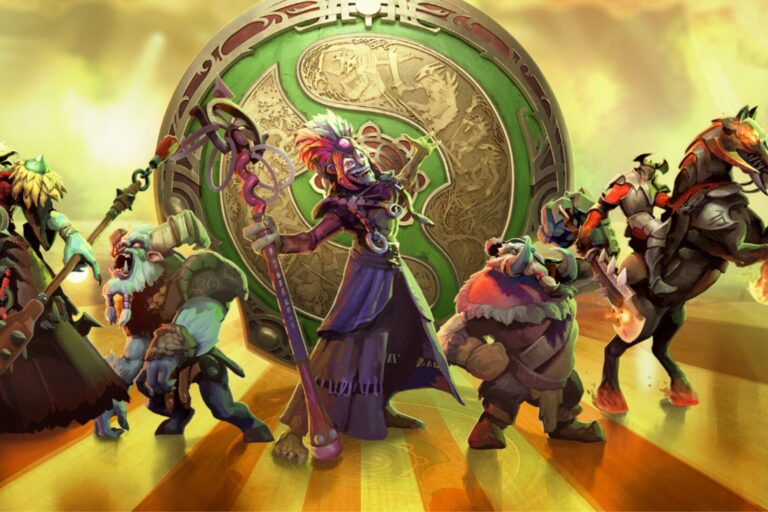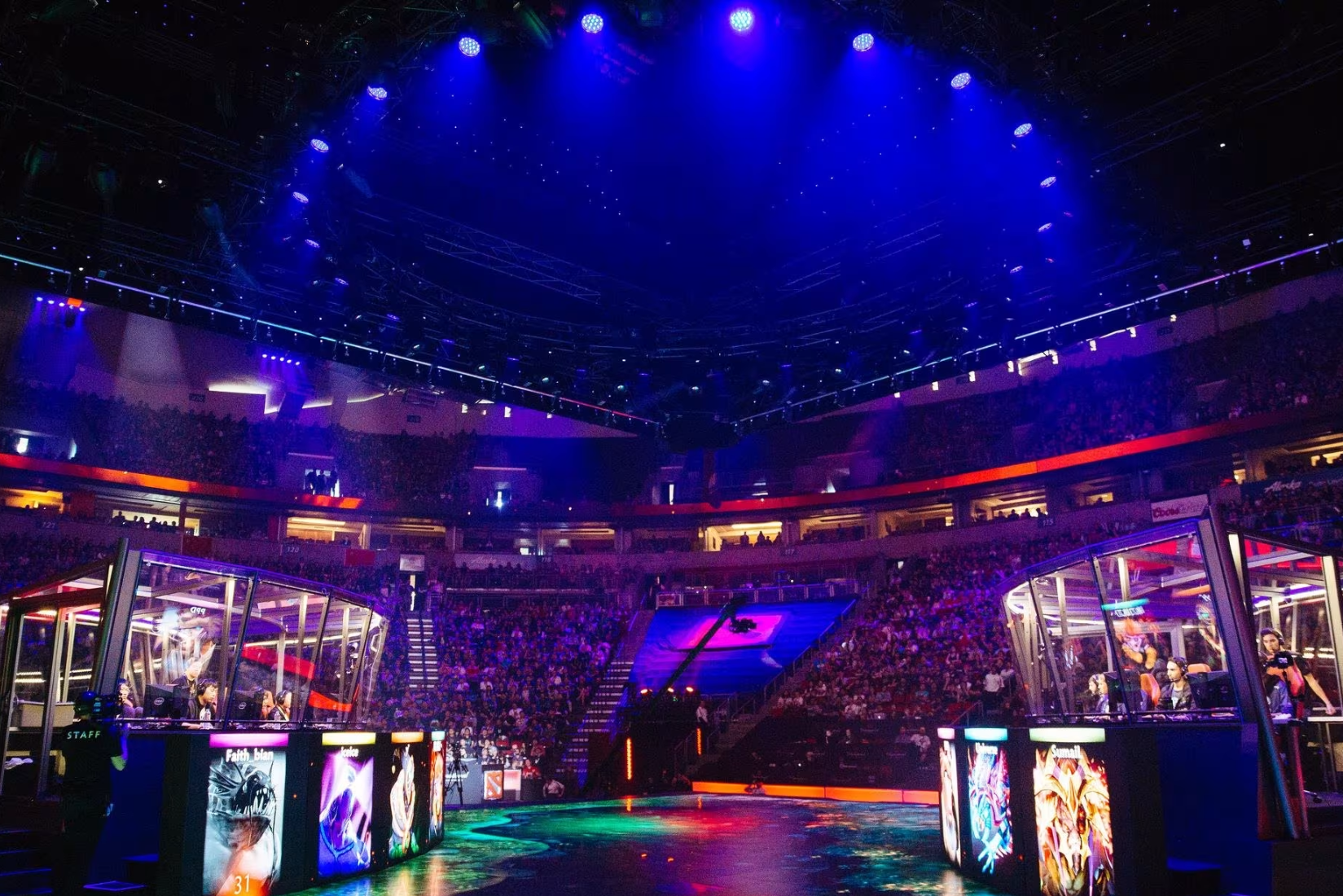
The Dota 2 International qualifiers serve as the entry point for teams that were not directly invited through the Dota Pro Circuit standings. These qualifiers are a global process where organizations from every region compete for limited slots at The International, ensuring that each region gets representation on the world stage. Unlike regular season matches, qualifiers carry a high-stakes format — one bad series could end an entire year of effort.
In 2025, the qualifiers took place between May 31 and June 17, running through open brackets before narrowing down to regional finals. The process not only determined who would make it to Hamburg but also showcased new talents and tested seasoned veterans under extreme pressure.
SummaryQuick Look
How and Where to Watch The International 2025

Source: Reddit
Before diving into qualifiers, it’s important to understand which teams were already locked in for Hamburg. Based on consistent performance across the Dota Pro Circuit, several organizations bypassed the qualifiers entirely. These include:
- Team Liquid
- Team Spirit
- BetBoom Team
- PARIVISION
- Tundra Esports
- Team Tidebound
- Team Falcons
Originally, Gaimin Gladiators were also part of the invite list. However, they withdrew before the event due to internal disputes. Their absence created one of the biggest twists of the season, with their slot awarded to Yakutou Brothers — the Chinese runner-up team. This unexpected decision gave the qualifiers a new layer of intrigue, as it allowed an underdog story to emerge even before TI 2025 officially began.
How Were the Regional Qualifiers Organized?
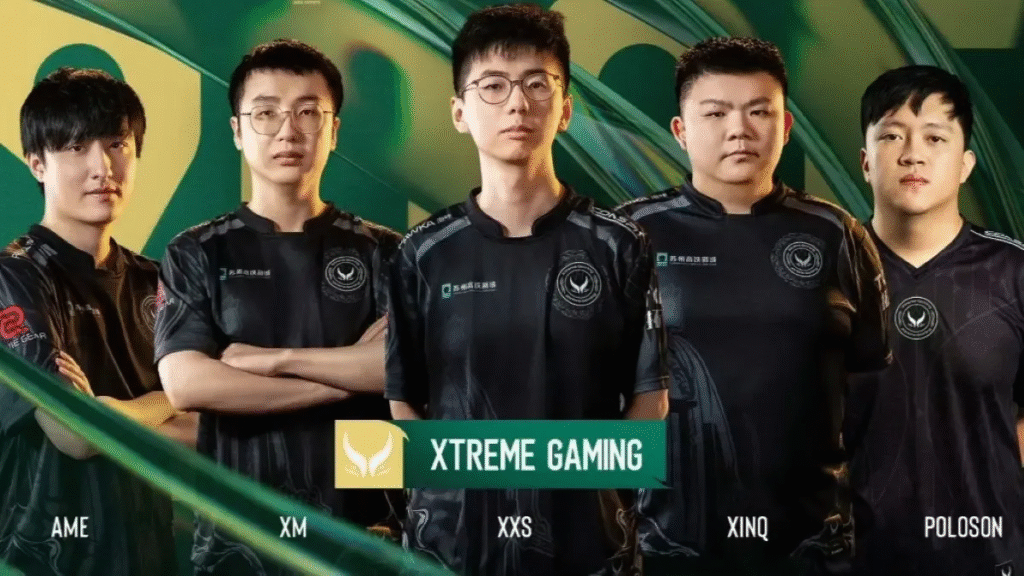
The qualifiers followed a structured timeline, starting with open competitions that gave lesser-known teams a chance to fight their way forward. After that, the closed regional qualifiers narrowed the field to determine which squads would represent their part of the world.
The breakdown was:
- Eastern Europe + South America → June 4–8
- China + North America → June 9–12
- Southeast Asia + Western Europe → June 13–17
Slots were distributed unevenly depending on competitive strength, with Western Europe and Southeast Asia each receiving two slots, while other regions received one.
The final results saw these teams claim their tickets to Hamburg:
- Western Europe: Natus Vincere, Nigma Galaxy
- Eastern Europe: Aurora Gaming
- China: Xtreme Gaming
- Southeast Asia: Team Nemesis, BOOM Esports
- North America: Wildcard
- South America: HEROIC
This system guaranteed representation from every corner of the competitive scene, though it also sparked debates about whether some regions deserved more slots due to depth of talent.
How Does the Tournament Format Work?
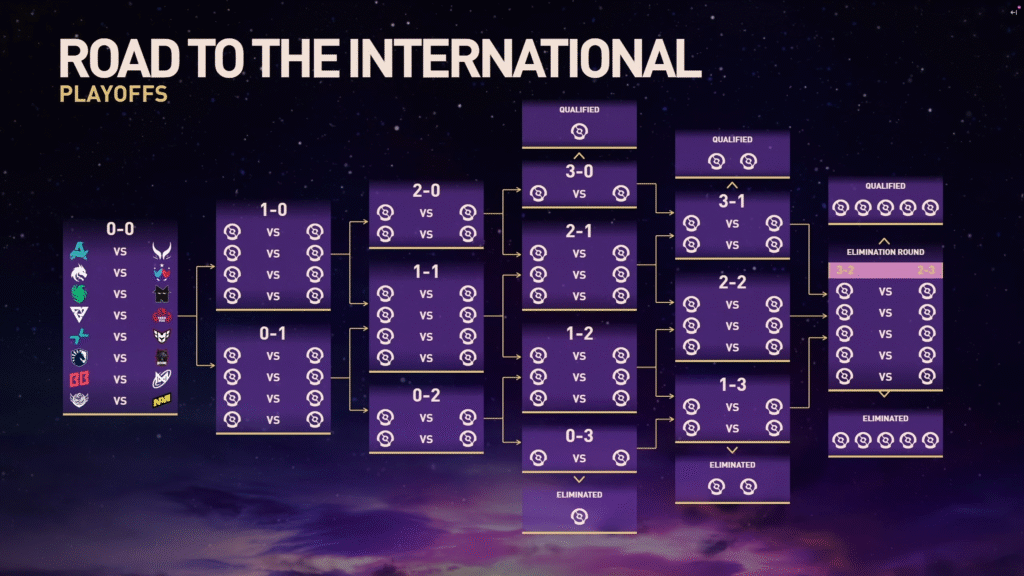
The International 2025 format is designed to test endurance, adaptability, and consistency. It is divided into three major stages:
- Swiss Stage (September 4–7)
- 16 teams play five rounds of best-of-three matches.
- Teams face opponents with identical win/loss records.
- A record of four wins secures advancement, while four losses mean elimination.
- Special Elimination Round
- Ten teams remain after the Swiss stage.
- Higher seeds are paired with lower seeds.
- Winners advance to the Playoffs; losers are eliminated.
- Playoffs (September 11–14)
- Double-elimination bracket.
- All matches best-of-three, except for the Grand Final (best-of-five).
- Hosted at the Barclays Arena in Hamburg before a live audience.
This structure ensures that while strong teams have room to recover, there is still no margin for error. Every series directly impacts survival.
What Is the Prize Pool System for TI 2025?

One of the biggest talking points of The International has always been its prize pool. For 2025, Valve confirmed a base pool of $1.6 million. What makes this year unique is how contributions from fans will boost that amount.
- 30% of Supporter Bundle sales go directly to the prize pool.
- 50% of sales go to participating teams and broadcast talent.
- The rest supports Valve’s ongoing esports infrastructure.
This model not only ensures a large prize pool but also provides stability for organizations and casters, making the esports scene less dependent on a single payout at the end of the year. Fans are directly part of this system — every purchase contributes to both the competition and the community.
How Can Fans Watch The International 2025?
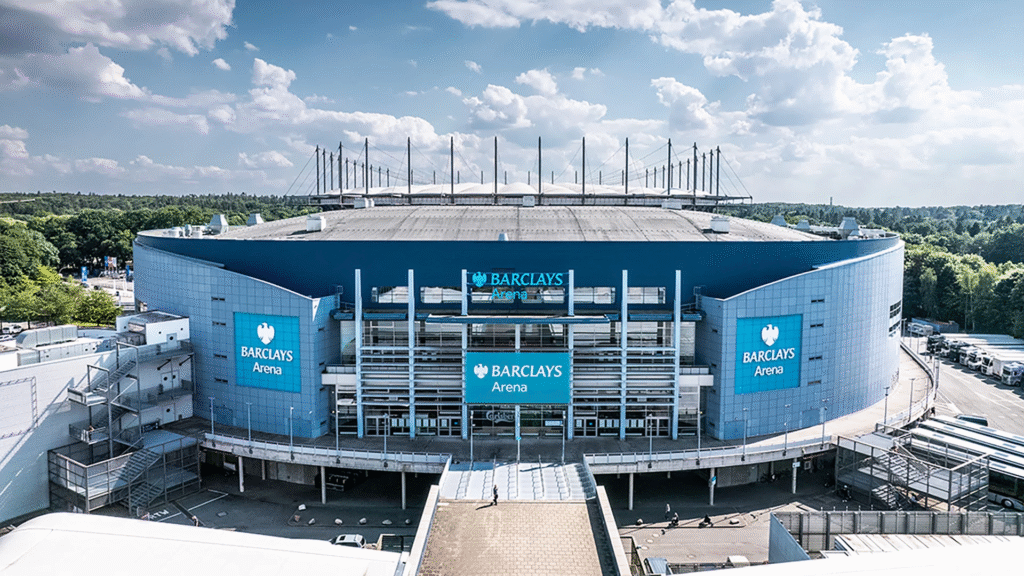
Accessibility remains a cornerstone of The International experience. For 2025, fans can expect a wide range of viewing options:
- English Broadcasts → Twitch and YouTube.
- Regional Streams → Russian, Chinese, and Spanish coverage.
- Secondary Channels → During the Swiss Stage, to cover multiple matches happening simultaneously.
- Live Attendance → Barclays Arena in Hamburg for the Playoffs.
Whether watching online or in-person, fans will be able to follow every storyline, upset, and triumph.
Why the Qualifiers Matter This Year
The Dota 2 International qualifiers are more than just a way to fill slots — they set the tone for the entire tournament. With regions like Western Europe and Southeast Asia sending multiple teams, and single-slot regions like North America relying entirely on Wildcard, the balance of power is being tested. Meanwhile, the late inclusion of Yakutou Brothers has already introduced an unexpected narrative thread.
These qualifiers ensure that TI remains both global and unpredictable. Every year, a qualifier team defies expectations, and 2025 looks no different. For fans, this stage provided a preview of what to expect in Hamburg: regional pride, underdog determination, and the never-ending pursuit of the Aegis of Champions.
Conclusion – Dota 2 International qualifiers
The qualifiers for The International 2025 wrapped up with surprises, drama, and a clear picture of the competitive field heading into Hamburg. With a balanced format, revamped prize pool system, and diverse lineup of teams, the tournament promises to be one of the most competitive in Dota 2 history. The Dota 2 International qualifiers not only decided who would make it to TI but also delivered storylines that will carry into the main event — making this September one of the most anticipated moments of the esports calendar.



